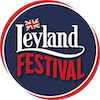Leyland Festival History
Home / History
Community Spotlight:
A Brief History Of Leyland Festival
The Leyland Festival, a tradition now 136 years old, began on Wednesday, 29th May 1889. At that time, Leyland’s population was around 5,000, with a history of club and church walking days. A group of Sunday school teachers and the Parish Council decided to enhance the celebration of Royal Oak Day, marking the restoration of the monarchy when Charles II returned to London on his birthday, 29th May 1660.
Initially planned as a children’s fete, the event quickly evolved into a ‘Village Revel’ due to the enthusiasm of the Leylanders. Within just six weeks, a committee was formed, and the festival was organised. The festival included activities such as a short parade, crowning the May Queen, Maypole, and children’s dancing, which are still familiar today. Despite poor weather on the inaugural Wednesday, a second event was held on the following Saturday in glorious sunshine, marking the festival’s success and the beginning of a lasting tradition.
The festival route historically started at what is now known as Fox Lane, proceeding through Towngate, Hough Lane, Chapel Brow, reaching the Railway Station, and then returning, with festivities continuing on the Mayfield. The early years of the Leyland Festival were marked by community spirit, swift organisation, and a mix of familiar and new activities that laid the foundation for its enduring legacy.
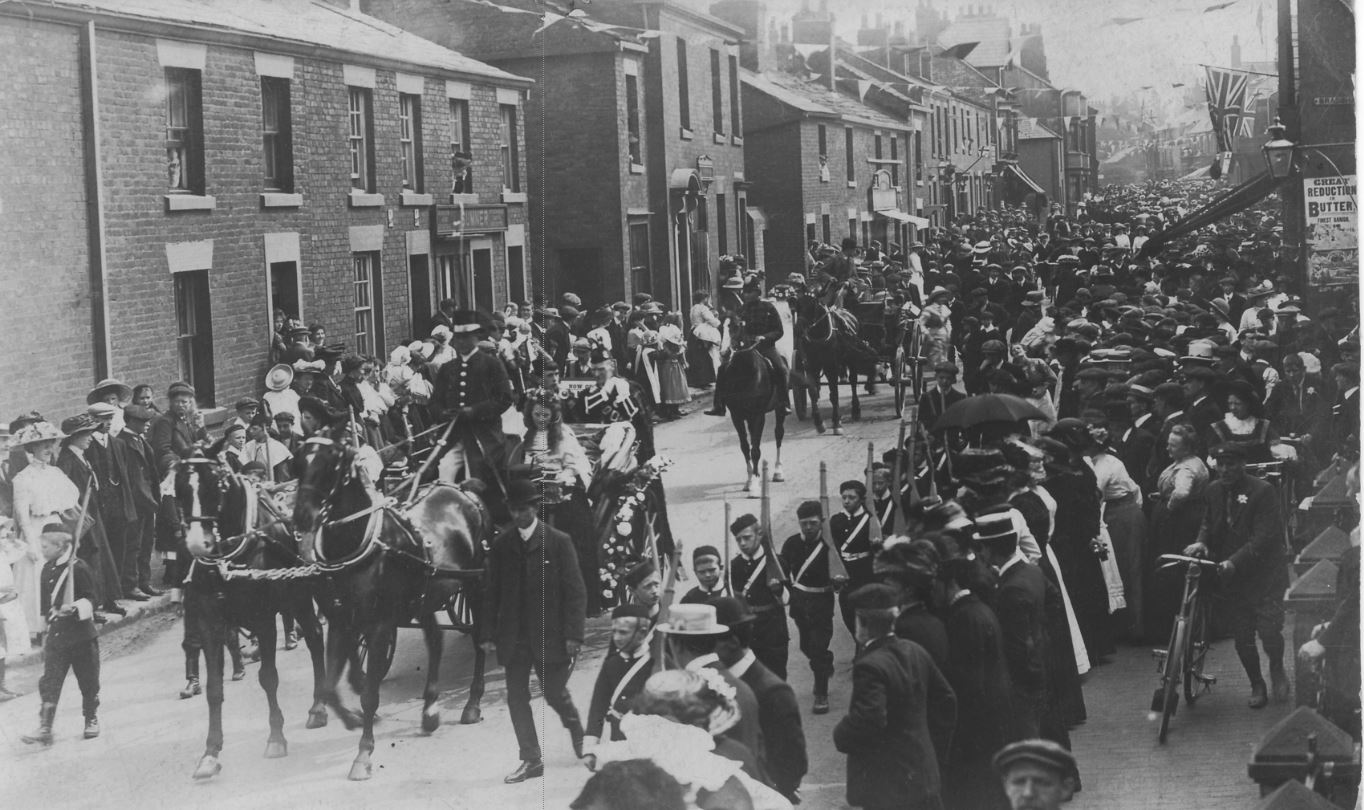
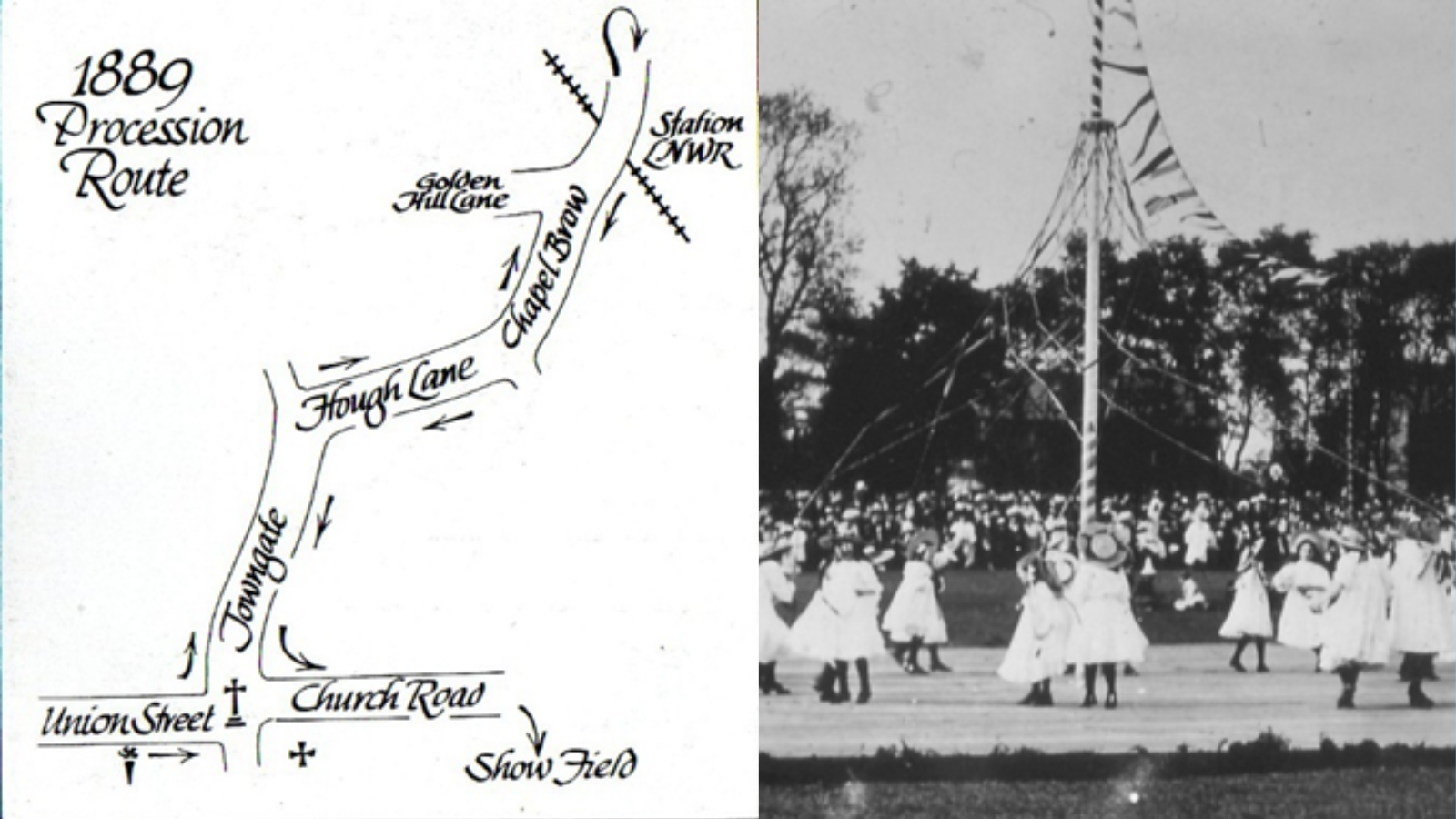
Procession route 1889-1936
Within 2 years the festival had outstripped the ‘Club Days’ and by 1891 the village was beautifully decorated having a ‘huge maypole in the centre with streamers connecting it to all the surrounding houses. The festival was still a 2-day event and fixed at the last Thursday and Saturday in May.
Over the following years the festival continued to grow in both size and popularity with the main focus on the May Queen. In the earliest days nominees for the role had to be regular Sunday school pupils and the Parish Church. The Ladies’ committee picked 14 and then, in the spirit of democracy, the 14 girls elected the Queen and crown bearer. The remaining 12 became Maids of Honour. The same rules of church going did not apply to the public and anyone could attend the festival – as long as they lived in Leyland.
Presumably with such a small population everyone knew everyone else (not too much different to today) so this was easily managed.
Up until the First World War the Queens dress was provided for her. There was an option to wear your own dress, but having one on reserve ensured every May Queen could take up her office looking suitably regal no matter what the family income. Along with the dress went the full regalia of office – crown, sceptre, and blue velvet train with gold silk lining and ermine trim.
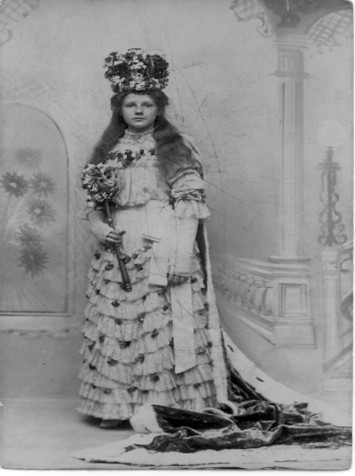
The War Years
There were several interruptions to the festival in the early 20th century:
- 1901: A diphtheria epidemic caused the cancellation (similar to the impact of Covid in 2020).
- 1902: The coronation of King Edward VII took precedence over Leyland’s village fete.
- 1904: The festival was cancelled due to the death of John Stanning, a generous festival benefactor.
- 1914 – 1918: The Great War led to the suspension of the festival.
1920’s and 30’s
The festival continued successfully through the 1920s. The 1930s initially brought even more popularity, with an organisation committee of 100 members (how things have changed). However, this period was not without controversy.
The Reverend George Herbert Ensor, who became vicar of the Parish Church in 1924, believed that the number of ‘outsiders’ attending had led to a decline in behaviour with ‘disastrous results to the reputation and morals of the festival’. There is no indication of where these ‘outsiders’ came from, so we can only guess. The Vicar wanted a return to the ‘straight and narrow’ and confined entries to those sponsored by Church organisations. This led to a long and passionate fallout with some committee members, which eventually ended up in court! The outcome was that the Leyland May Festival Committee could organise one festival and the Parish Church of Leyland another, but both had to be clearly named to avoid confusion.
In 1933, the Reverend Ensor was still concerned about Leyland being open to ‘The world and the devil’. However, more important national events were about to resolve the problem. The abdication of Edward VIII and the looming threat of war brought other priorities for the people of Leyland, and interest in the festival began to wane. It was decided that the festival must be discontinued, but thanks to the diligence of certain committee members, all the costumes were safely stored away.
Celebrations continued to be held on a small scale in the Moss Side area, but the festival, as it was known, had died… or was it just dormant?
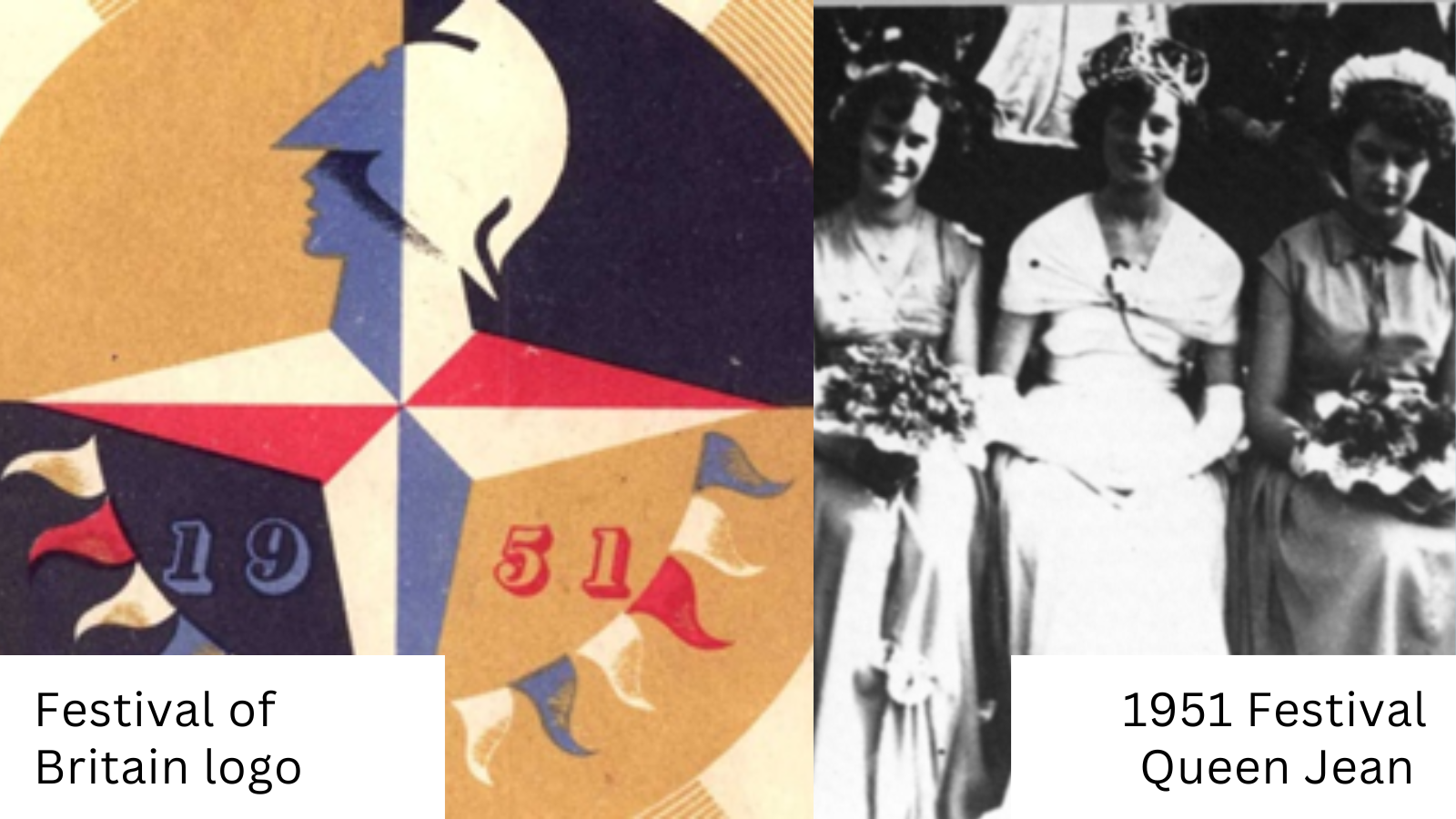
The Resurgence of Leyland Festival
This came about in 1951 as part of the nationwide celebration the Festival of Britain that aimed to promote the feeling of post war recovery and was billed as ‘a tonic for the nation’. Coincidentally, it was also the official opening of Worden Park by Leyland Urban District Council. Whatever the reason, the people of Leyland seized the opportunity to revive the festival and have a party.
The mainstays of the festival were brought back with a procession and a Queen being central to the day. There were some changes to tradition. The festival was held in June – so no more May Queens. The route now went from St. Andrews Green behind the War Memorial, down Balcarres Road, Turpin Green Lane, Hough Lane, Towngate and then down Worden Lane to the park with a theme of ‘Transport through the Ages’.
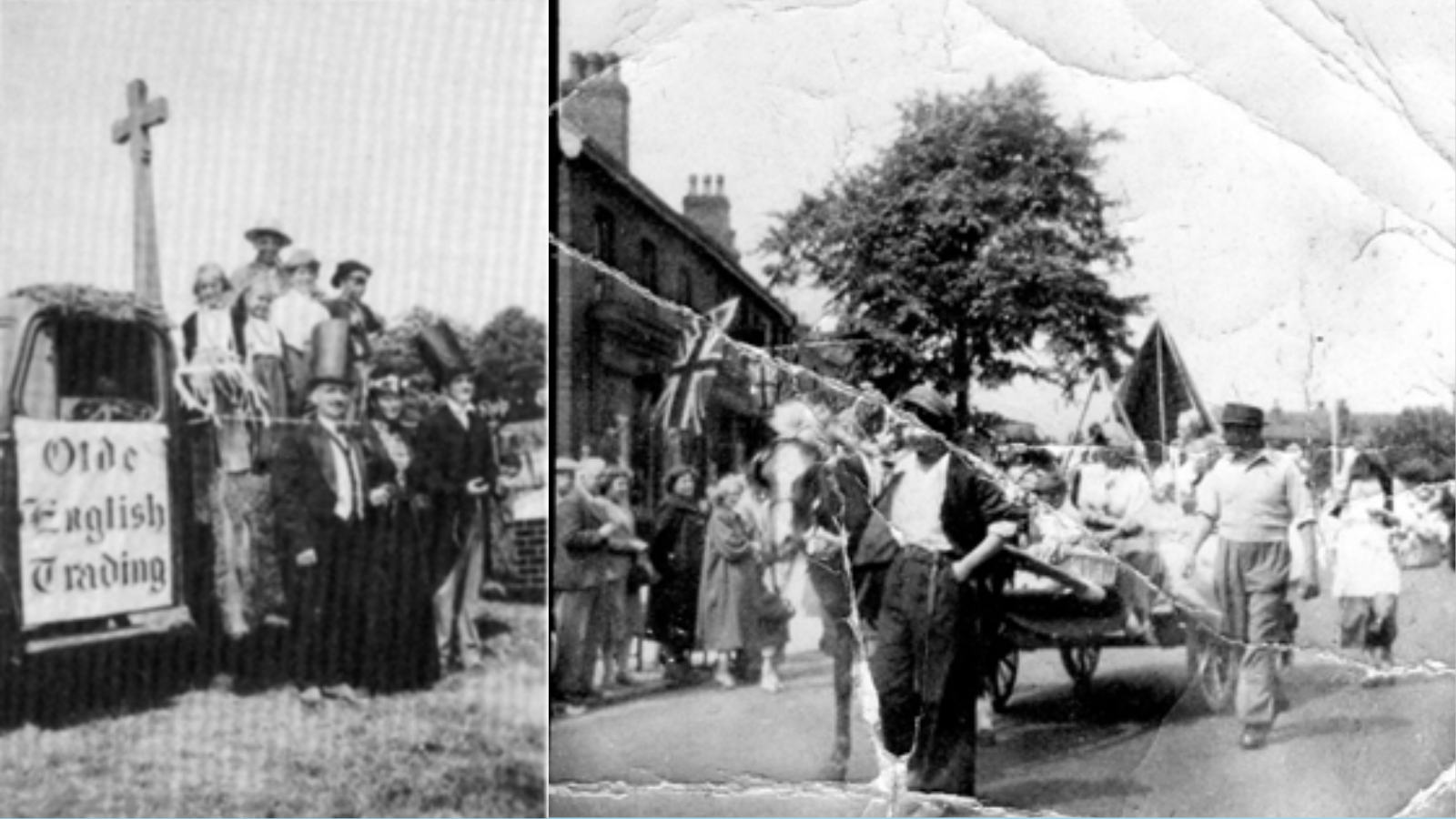
The Queens robes benefitted from an upgrade ‘the dress was made of everglaze cotton and designed by no other than Norman Hartnell’ – now dress designer to the Queens in both London and Leyland! Whilst there was some murmuring at the loss of old favourites such as the maypole and hornpipe dancing, the festival was a great success, and celebrations lasted a full week.
1953 saw the coronation of Elizabeth II and a festival themed around the event. The town was bedecked with red, white and blue flags, a gold crown was suspended above the cross and there was a best dressed street competition won by Boundary Street. In addition to 13 Morris troops there were floats representing different areas of royal influence. The school tableaux included the Queens beasts, an Elizabethan-themed float and one school (that shall remain nameless but is still here today) entitled their contribution ‘Law and Order’ with decorations including a whipping post and executioner. It is doubtful that this would get past the committee in 2025!
From 1951-56 the festival was run by Leyland Urban District Council who, after 6 successful years, decided the festival should be taken over and run by others.
A meeting was called to ask for volunteers but only 6 people turned up. With no one to organise the festival died and for 10 long years nothing happened.
1966 – 2000
In this year Leyland Round Table rode to the rescue. There was a lot that was new about the festival. As with all post was parades it started from the war memorial and was led by John Holt and his horse Little Red. Over the years the pair became a familiar sight at the head of the procession. The festival queen, Valerie Barber, rode in a car not a landau and there was an increasing emphasis on charity with street collectors in costume and a council dustcart into which donations could be thrown – unfortunately health and safety would not permit this today in case of low flying coins.

Over the following years, the festival continued to grow in size and success. Bigger crowds, longer procession and increased sums for charity.
1977 was a magnificent celebration of the Queen’s Silver Jubilee. The park was more packed than ever with side shows food and drink stalls, trade stands, jazz bands, jousting, hot air balloons and much more.
1989 saw a magnificent celebration of 100 years of the Leyland Festival. There were lots of activities on the park including the return of the Maypole, a high wire act, demonstrations from police dogs and horses, a motorcycle stunt team, clowns, dancers’ singers and hot air balloons (sadly today the insurance costs are higher than the ballons fly). The procession route started at Centurion Way and was led by the May Queen accompanied by Leyland Morris Men.
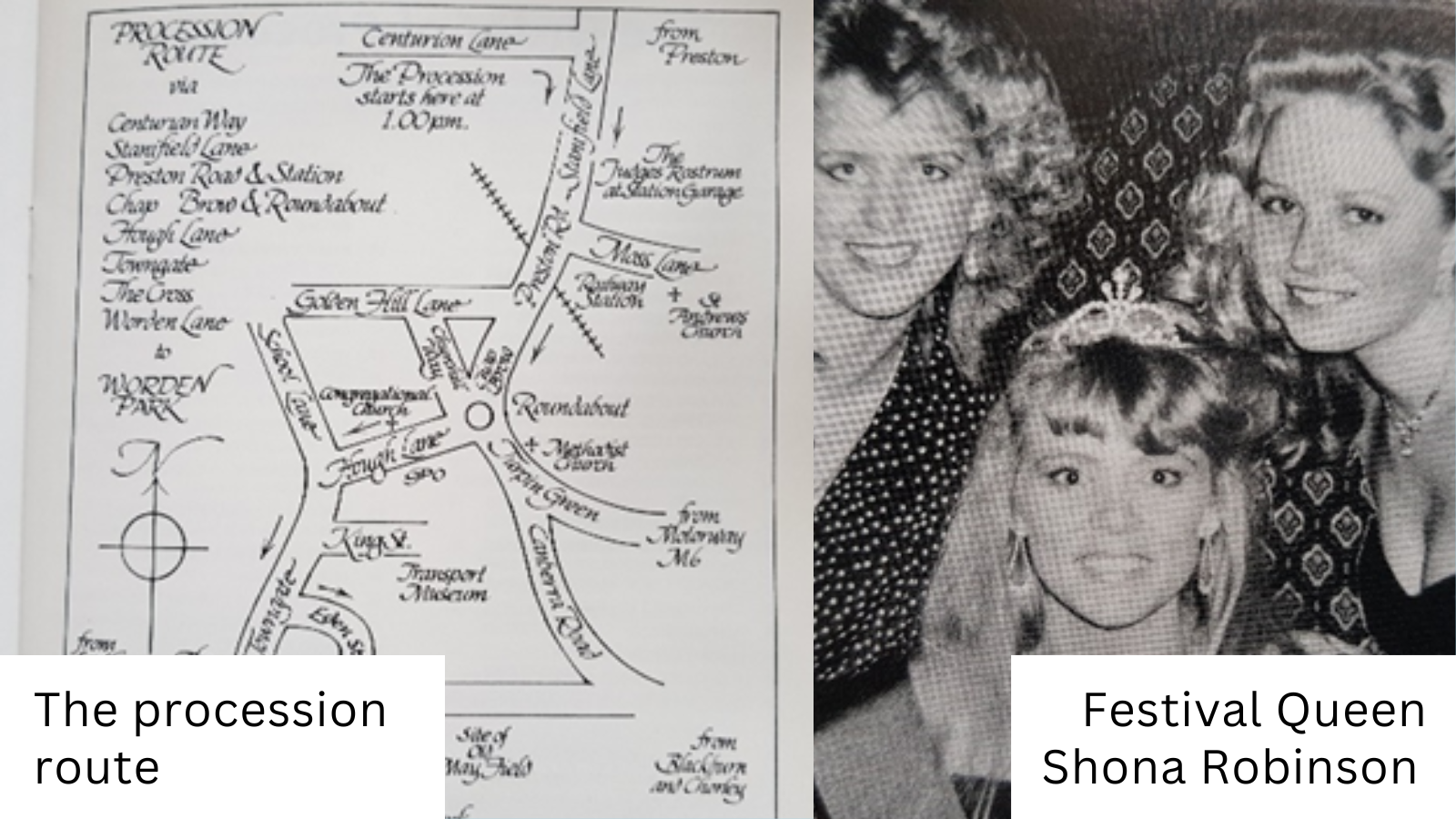
It was in this tradition that the festival continued until 2000 when, sadly, a combination of increasing costs and poor weather rendered the festival financially unviable. It all sounds a very familiar story, unfortunately.
2009 – to present day
Fortunately, the festival was brought back from the brink in 2009, and the revival began in the shape of ‘The Leyland Transport Festival’. This was primarily a display of vehicles by ‘The Leyland Society’ supported by the British Commercial Vehicle Museum and South Ribble Borough Council (SRBC) and sponsored by Enterprise PLC, Ainscough’s, Campbells Caravans and other local businesses.
The festival was back once again to give Leylanders a chance to have a good time and raise money for local charities. The event took place over the weekend of 11/12 July featuring a parade of Leyland vehicles from Farington to Hough Lane and a small fair next to Leyland Market. There was a truck pull street artists bands, and a charity road race based on Worden Park. No Maypole or Morris dancers but the festival was reborn.
2010
The ‘Leyland Festival Homecoming’ was a similar format with the parade on Sat 10th but on Sunday 11th it went ‘big’. Worden Park hosted a wide variety of events for all ages and included, bike rides, road races, fairground, children’s entertainment and a ‘Rock the Park’ music festival in the evening. Sponsored by SRBC and local businesses, the Leyland Festival was well and truly back in business.
2011
A Leyland Festival Committee was formed to organise and oversee the event, and it was all themed around 60 years of Worden Park being gifted to the people of Leyland by the Farington family. The event grew again and was another huge success. A beer festival (firm favourite with Leylanders over the years) was held at Worden Hall and there was the inaugural first ‘Paws in the Park’ dog show.
2012
The festival was notable for the fact that it was cancelled in July due to a deluge of rain that left Lancashire battered and large areas of Worden Park under water. It finally went ahead in September. For the first time since it’s resurrection the parade contained floats. The theme was a unique ‘Celebration of Celebrations’ that included entries representing The Olympics, the Queens Jubilee and Preston Guild. Activities included a Leyland Bake Off competition, a ‘Man Zone’ (presumably another beer tent!) and an ice cream celebration in Worden Hall.
2013
On Saturday 15th June parade vehicles and assembled on Centurion Way with floats and walking groups joining in from Churchill Way. Community groups, marching bands and dance troupes once again featured largely in the procession
2014 – 2025
The festival continued to grow over the following years and in 2016 Leyland Festival Ltd was formed by a group of local business leaders and volunteers. The committee has gradually taken over the running of the day and it is now run on a purely voluntary basis with support from local businesses and SRBC.
The festival has continued in a similar format held every June on the Saturday before Fathers’ Day. It has continued to grow each year with 2024 being the largest parade this century.
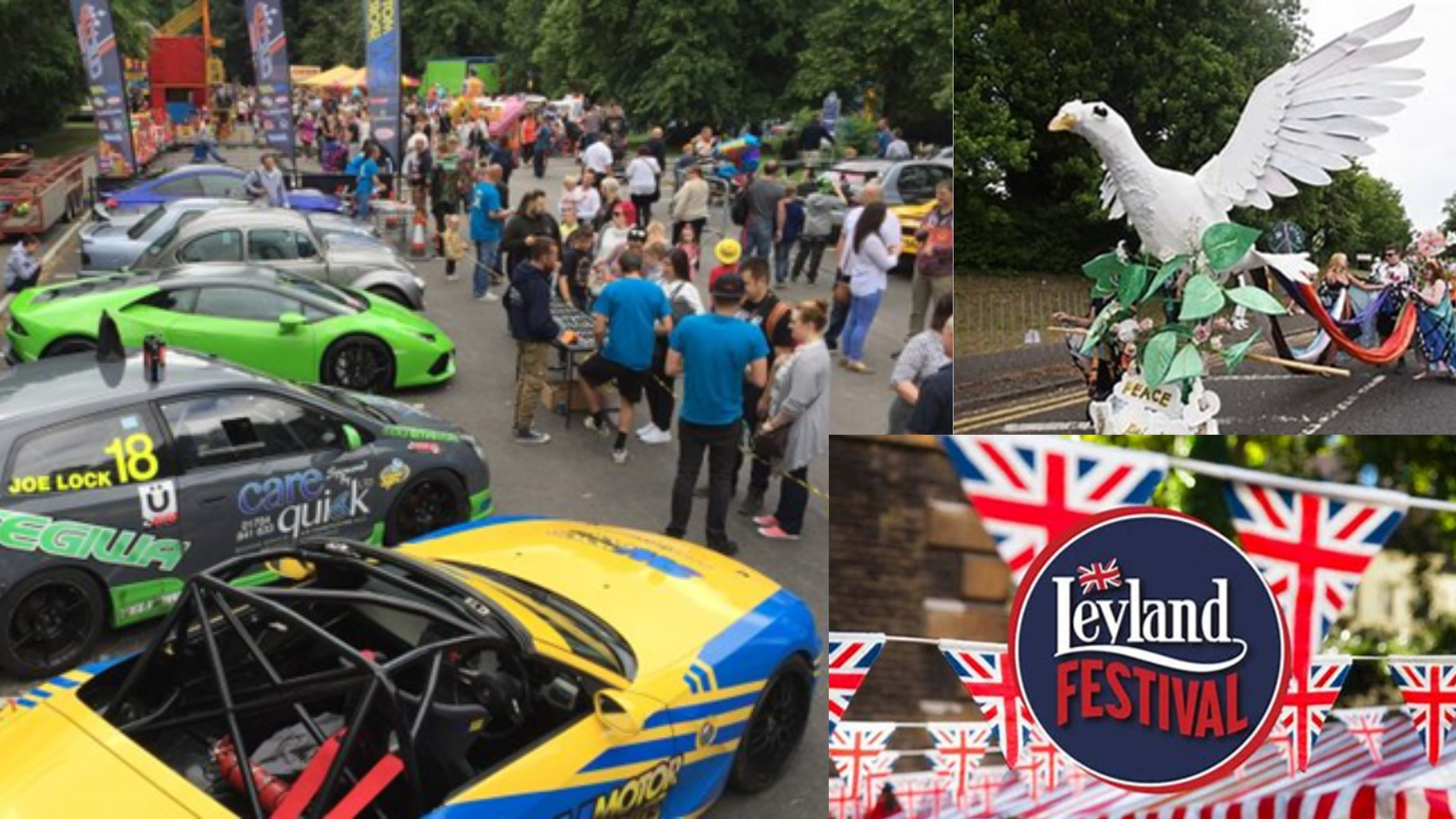
In 2025 the festival will be on 14th June with the theme of ‘Heroes’ – local, sporting, music, historical – the options are infinite. It will include the return of the ever-popular children’s football tournament so get your entries in early!
Once again it will be organised by the small but very dedicated and hard-working Festival Committee, supported by SRBC and sponsored by local businesses. If you have enjoyed the events in the past and would like to contribute to the continued success of the festival, then please get in touch – Your help is needed!!!!
